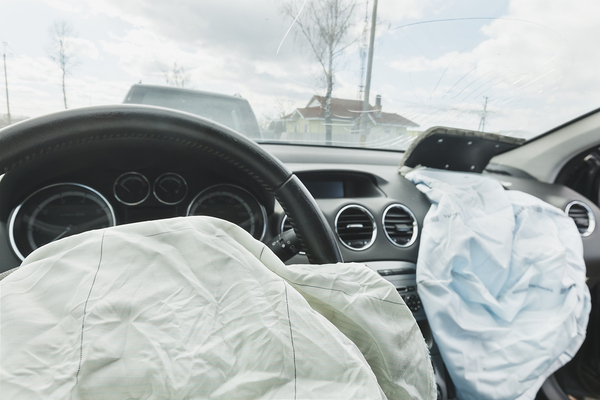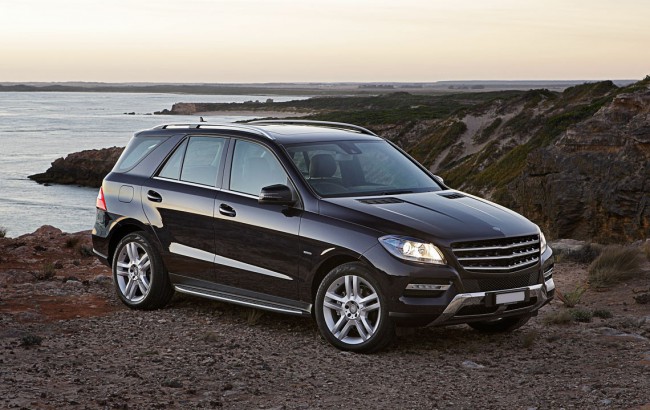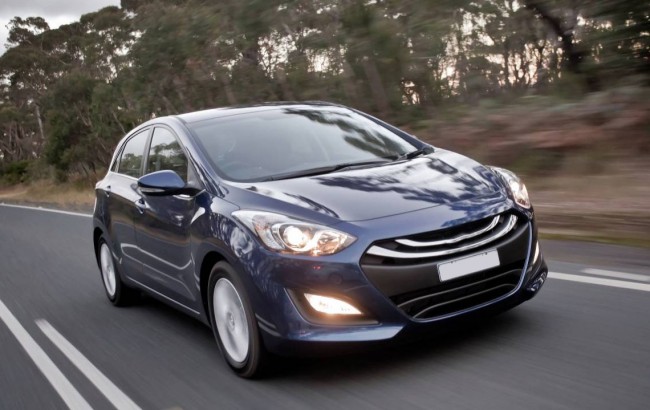Four Airbag Safety Tips that May Protect You in a Crash
Four Airbag Safety Tips that May Protect You in a Crash

An airbag can save your life, but it needs to be used properly.
How do you use an airbag? The ideal answer is that you never need it, of course. However, there are thousands of traffic accidents every year. The law of averages, not to mention Murphy’s Law, dictates that everyone is better safe than sorry. So before you hit the road, know what an airbag does, and how to use it safely.
How Do Airbags Work?
Airbags are not big fluffy pillows. They’re actually devices designed to, for a brief moment, hold you in place to mitigate impact. If the airbag detects a sudden, violent deceleration, it fills the space between you and the steering wheel in a fraction of a second with a giant wall of air. It does that with such force that a deployed airbag can lift a full-grown adult.
Airbags are incredibly effective safety devices; modern cars can have up to twelve of them designed to prevent impacts from the side, front, and even help protect against roll overs. But they’re also designed with a few specific conditions to remember.
Read The Manual
The first step to ensuring your airbags work properly is to read the manual and learn about them. Learn just which airbags you have, how they’re supposed to protect you, and most importantly, who they’re designed to protect. Some cars have airbags that aren’t ideal for children in the front seat, while others may be built to accommodate kids. No matter what, know what’s in your car and how it works.
Kids In The Back
Kids under 13 should always, always be in the back seat, properly restrained with a car seat or other restraints of some sort. The reason is fairly simple; if you’ve got a baby in the front seat, in a rear-facing carrier, a deployed airbag can throw your baby hard into the front seat. This is a particular risk in older cars and has yet to be truly mitigated in late-model vehicles.
The same holds true of small children; they’re simply not close enough to the airbag, and the result might be more like getting punched in the face than protected. So the rule is that kids are safest in the back, always.

An airbag can save your life in an instant.
Buckle Up
Airbags are not a replacement for seat belts. In fact, they’re designed to work in conjunction with your seat belt. The seat belt pulls you back into your seat, while the airbag limits how far forward you can travel. Without a seat belt, airbags aren’t as effective; one study, for example, found that you’re more likely to be injured without a seat belt, even if the airbag reduces your chances of fatality. So remember to buckle up!
Leave Some Space
Airbags are optimally designed with ten inches of space between the driver and the wheel. They’ll still work without that much gap, but you might see slightly reduced effectiveness. Ten inches of space might not be a possibility for every driver, but get as close to that distance as you can.
As you can see, airbags are highly effective safety tools, but they need to be used the right way. As you’re searching new vehicles for your next car, make a point of getting to know the safety features of each, and how they fit your family.


